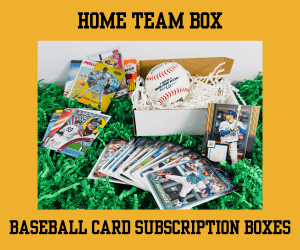Your cart is currently empty!
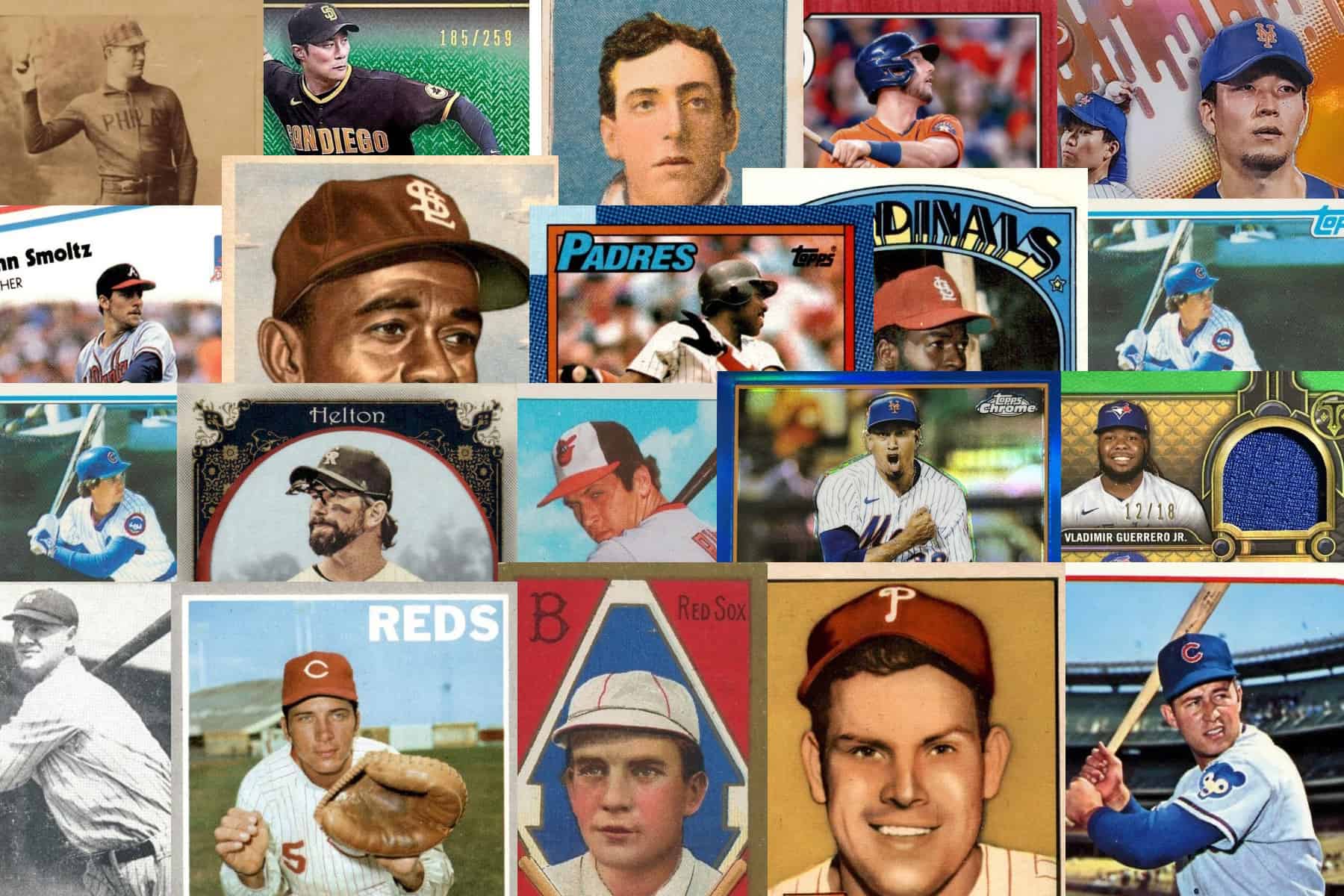
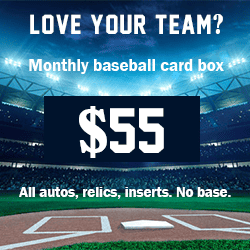
In the world of baseball card collecting, enthusiasts often grapple with a fundamental question: What to collect? It’s a decision that involves a mix of personal preference, historical significance, and strategic thinking.
Some baseball card collectors kick off their journey with a deep-seated connection to a specific team or player, seeking to own a tangible piece of their own baseball journey. Others seek nostalgia or meaning through what cards they collect, putting together collections of Hall of Famers, iconic cards or overlooked gems.
However, the decision-making process isn’t solely fueled by sentiment. Practical considerations come into play, such as staying attuned to trends, tracking current players and evaluating the potential monetary value of cards.
From personal attachments to astute budgetary considerations, assembling a meaningful and valuable set of baseball cards is a nuanced blend of passion and pragmatism.
Types of Baseball Card Collections
Favorite Team
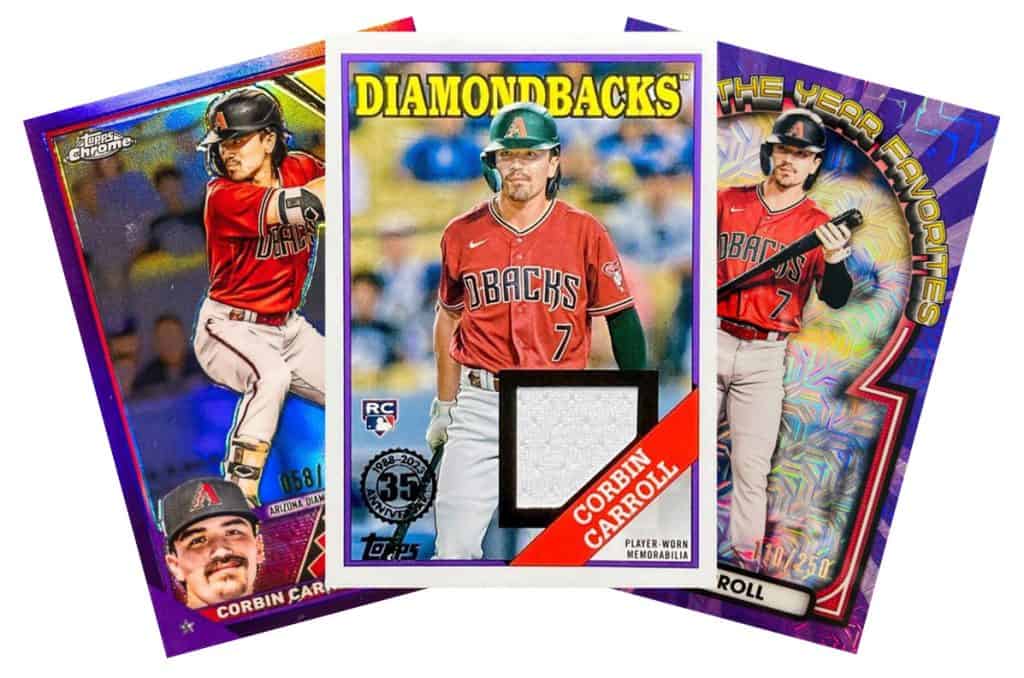
Most of us grow up with a favorite team, whether we inherit that team from our family and friends, live in the team’s city, or pick the team for any number of other reasons. Favorite teams are the natural first step in baseball card collecting. Whether it’s the Rockies or the Chicago Cubs, your favorites are deeply personal.
The nice thing about collecting your favorite team is that everyone in the hobby is familiar with the concept. Walking up to a table at a card show, going on eBay or going into a card shop, you can utter the simple words, “I collect Yankees cards,” and there’s something for you.
Favorite Player
Second only to collecting your favorite team is collecting your favorite player, whether it’s Shohei Ohtani or Babe Ruth. For modern players, this can be an exhaustive task if you’re trying to collect everything from base to 1/1s. For vintage players, there are far fewer cards, but they might be more costly. Nonetheless, collecting your favorite player can enhance your interest in their career.
Famous Sets
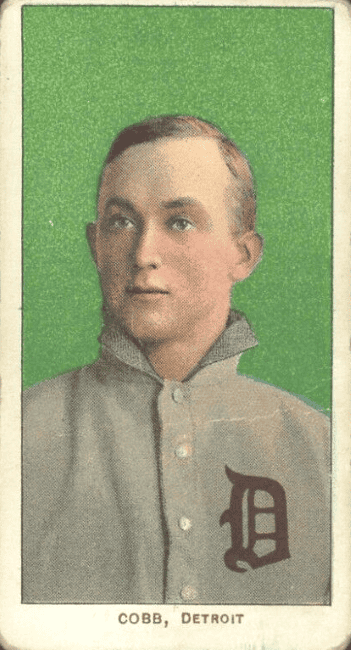
The concept of complete sets is a simple one – Collect them all. Whereas collectors used to finish a set by opening hundreds of packs of cards, now it can be done online.
Popular sets include:
- 1909-1911 T206 – Possibly the most famous set of all-time, the set has 524 cards and features, among many gems, the famously rare T206 Honus Wagner.
- 1933 Goudey – This was the first mass-produced trading card set. The set has 240 cards, including a rare Nap Lajoie and a highly-desired Babe Ruth.
- 1951 Bowman – The early 50s were kind to collectors, with brilliant offerings from Bowman and Topps. This one features full-color images of the players and has 324 cards.
- 1952 Topps – The world’s most expensive card – the 1952 Topps Mickey Mantle – is in this set of 407 cards.
- 1975 Topps – These colorful cards are known for George Brett and Robin Yount’s rookie cards. The set has 660 cards.
- 1989 Upper Deck – This was Upper Deck’s first set and it features Ken Griffey, Jr.’s rookie card. It was also the first set to use holograms. The set has a whopping 800 cards.
- 1993 Topps Finest – This set paved the way for premium cards and also featured the first refractor cards. This 199-card set is much-loved and highly-coveted.
Hall of Famers
The beauty of a Hall of Fame collection is that you get a mix of players from the entire history of baseball, and you get to add a couple new ones to your collection every year.
Most Hall of Famers have at least one card from their playing days, but there are exceptions. Players from early baseball and the Negro Leagues only have recent cards. For example, the first baseball card for Bud Fowler, who played in the late 1800s and was elected to the Hall of Fame in 2022, didn’t come out until 1994. In some cases you can supplement your baseball card collecting with postcards of these players instead, or choose the modern versions that are available.
Rookie Cards
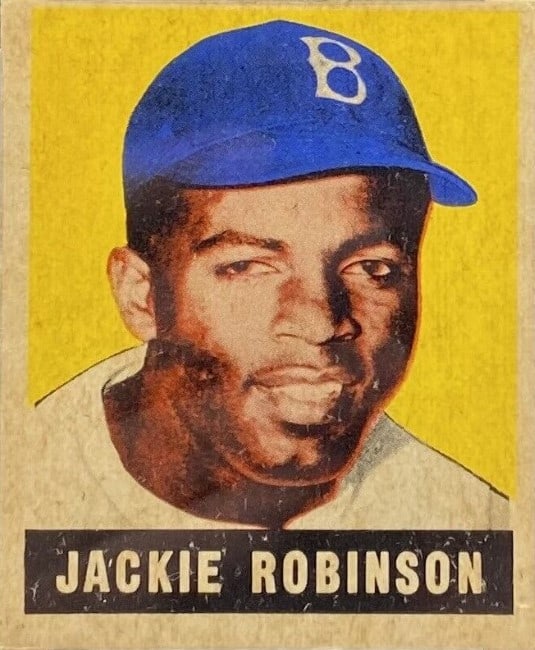
Rookie cards are some of the most sought after cards in the hobby, because they document the moment a player began his career. Prospect cards have also become popular in recent years, showing players in their college or Team USA uniforms.
Rookie cards tend to be among the most valuable of any player’s cards, so there is a premium involved if you want to collect rookies. However, the reward of seeing such iconic cards in your collection can be well worth it.
Autographs & Relics
For collectors who want to be closer to the game, autographs and relics are a popular choice. Autographed cards may be certified by the card manufacturer, or collectors can collect a signature from a player in person or by mail.
Relic cards feature pieces of memorabilia – most commonly, jerseys and bats – within the card. Some cards specify that the equipment was used in a game, whereas others might only have been worn at a promotional event.
Error Cards & Oddities
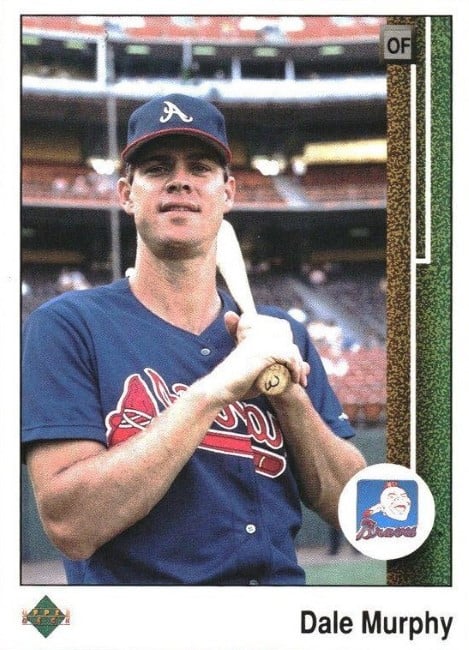
We all make mistakes, but collectors have been holding card companies to account for years. Error cards depict some sort of mistake, later corrected, giving all of the cards of that player a level of rarity.
Whereas some errors are as simple as a wrong birthdate or a misprinted color, others have entire conspiracy theories that revolve around why the error was released and how it was corrected (See Ripken, Bill below).
Some popular error cards:
- 1909-1911 Sherry Magee – This card spells the player’s name as “Magie.” Both the error and the corrected version are valuable and can cost thousands.
- 1969 Topps Mickey Mantle – Some errors are hard to catch, like this card, where Mantle’s name appears in white instead of yellow. The error version sells for 10x the regular version.
- 1987 Donruss Opening Day Barry Bonds – Unlike Mantle, this error is an easy one to catch. That’s not Barry Bonds! The man on the card is his teammate, Johnny Ray.
- 1989 Fleer Bill Ripken – This infamous card featured a NSFW word on Ripken’s bat, and as soon as people figured it out, it became immensely popular. Helping push its rarity, Fleer undertook various methods of covering and reprinting the card, to the extent that some of the reprints are more rare than the original.
- 1989 Upper Deck Dale Murphy – The original version of this card featured a reversed negative photo, which is easily identifiable because “Braves” is backwards on Murphy’s jersey. In recent years, Murphy painstakingly learned to sign his name backwards so he could autograph this card.
- 1990 Topps Frank Thomas – Known as the “No Name on Front” (NNOF) card, this card features an empty blue box instead of Thomas’s name. There are an estimated 200-400 of these cards and it’s been sold for as high as $170,400.
International Players
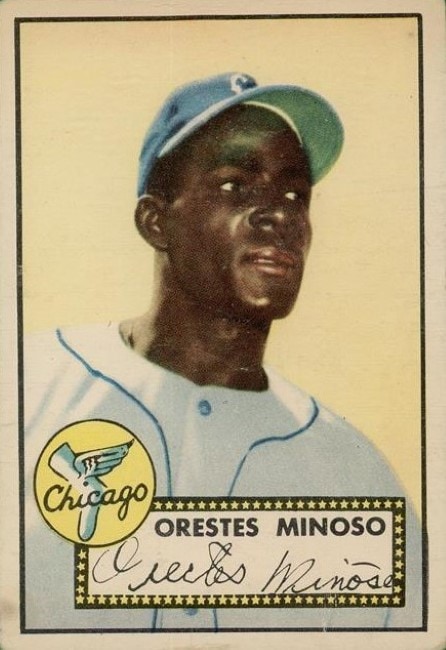
Baseball has been an international game for over 125 years, when Luis Castro became the first Latino to play in the major leagues. Trailblazers like Minnie Minoso and Roberto Clemente followed, many decades later.
Baseball has become a far more international game in recent years with events like the World Baseball Classic, and the emergence of international superstars like Shohei Ohtani (Japan), Julio Rodriguez (Dominican Republic), Yordan Alvarez (Cuba) and Ronald Acuna Jr. (Venezuela).
A collection of players built around your home country, or a place where you have an affinity, is a great way to start specialized baseball card collecting. You can try to get one card for every player born in that country, or just a nice set of players you admire. Some ideas:
- Canada – Freddie Freeman, Joey Votto, Eric Gagne
- Cuba – Tony Perez, Minnie Minoso, Randy Arozarena
- Dominican Republic – Juan Marichal, Julio Rodriguez, Albert Pujols
- Japan – Ohtani, Ichiro, Yu Darvish, Hideo Nomo
- Mexico – Fernando Valenzuela, Vinny Castilla, Julio Urias
- Puerto Rico – Roberto Clemente, Orlando Cepeda, Francisco Lindor
- Venezuela – Acuna, Luis Aparicio, Felix Hernandez
Things to Keep In Mind
Completionists
A completionist is someone who must finish something 100% – in some cases, not completing a task can even cause anxiety.
When you’re deciding what to collect, consider if you’re the completionist type, and how likely it is you’ll be able to complete a set. For example, if you choose to collect cards from every member of the National Baseball Hall of Fame, you’ll be disappointed – some players don’t have any cards issued from their playing days. (This is especially true for Negro League players.)
Likewise, deciding to complete the T206 set, without considering that the “Big Four” of the set are extremely difficult to find and afford, could cause frustration.
Costs
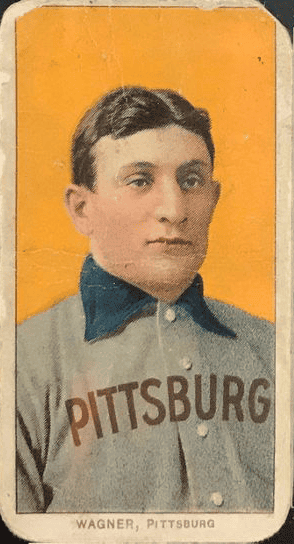
One of the best things about baseball card collecting is that there is something everyone can afford, from a modern team set costing only a few dollars, to million-dollar treasures bought at high-end auctions. What’s important when considering the cost of your collection is being reasonable about your limits.
Talking about costs is certainly not the most fun part of collecting baseball cards, but it’s essential to getting the most out of the hobby:
- Set a budget – Pick a weekly, monthly or yearly budget for baseball cards and stick with it.
- Use a reward system – For younger fans, reward them with a trip to a card shop when they do their chores or get good grades.
- Involve your family – Keep your family members informed of your collecting budget; misaligned budgetary goals can cause stress in your household.
- Consider other costs – Baseball card collectors don’t just need cards. You’ll need supplies like toploaders and boxes, and you’ll have grading fees if you send your cards to companies like PSA or Beckett. You might also want to spend money on ways to display them (more on that below).
Here’s a real-world example: The 1909-1911 T206 set is legendary in the card collecting hobby, and it’s one of the most sought after sets of all time. For those reasons alone, you might decide to pursue this century’s old set.
But before you do, consider the elephant in the room – Honus Wagner. Even in poor condition, a T206 Honus Wagner costs – at minimum – mid-six figures. There also just aren’t that many of them in existence, so they rarely go up for sale. Then you have to find the super-rare Eddie Plank, Sherry Magie and Joe Doyle cards too.
For this reason, some collectors consider the T206 set complete at 520 cards. Even then, it can cost an estimated $100,000 to get those cards.
We’re not here to dissuade you – it’s a dream to own any T206 card – but knowing the costs upfront is essential to working on any collection.
Storage
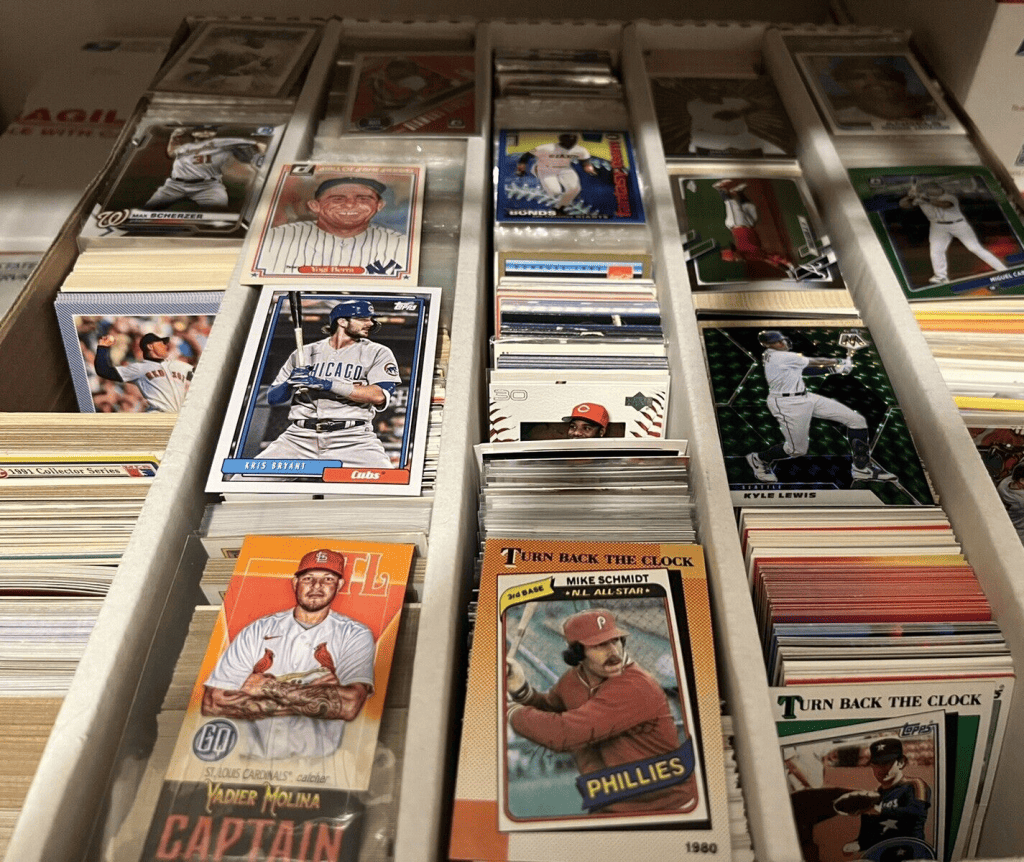
Storage solutions are largely up to personal preference. Some collectors prefer to display their cards in frames or on shelves, while others squirrel them away in boxes. But when you’re collecting baseball cards it’s important to consider how you want to display your cards:
- Sets – Large sets require large storage solutions. Complete sets are typically kept in boxes, whereas team sets or insert sets can be stored somewhere much smaller.
- Climate control – All cards require a climate controlled environment to remain in optimal condition, but this is especially true of vintage cards. Storing them in a basement or attic is a recipe for disaster, so you’ll need space inside your house where they can be stored.
- Types of cards – Many cards have quirks that require some creativity. For example, encapsulated (graded) cards have a large plastic storage case that you’ll need to find room for, and some cards – like many early cards – are not the typical 2.5 x 3.5 inches that modern storage solutions are designed to accommodate. Even modern cards like Allen & Ginter’s minis are hard to store without some imagination.
Long-Term Collecting
Some types of collections have a natural end, like completing a set, whereas others will continue in perpetuity. With baseball card collecting, it’s important to consider if you want your project to have an end, or if you want it to present a new challenge every time new cards are issued.
For example, you might want to own one card from every Orioles player. Every year, you’ll have a new job ahead of you as new players make their debut. This is also true for collecting baseball cards of favorite players, Hall of Famers and rookies.
Conclusion
There’s nothing wrong with collecting whatever cool cards you can get your hands on, but focusing on a category of cards can elevate your interest in the hobby to a whole new level. Whether you love Shohei Ohtani, vintage Bowman or the hottest new prospects, choose a collection that makes you happy and enhances your love of baseball.
In the end, baseball card collecting is about making that connection and doing something that enriches your love of baseball.
Tags:
Share:
